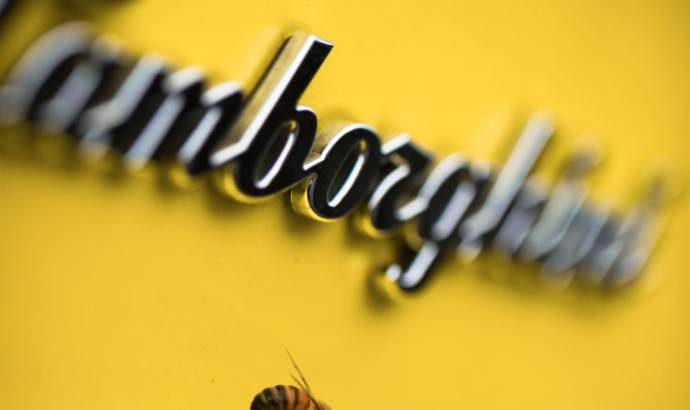It is unusual to see bees inside an automotive factory. But bees have an important role and more and more car manufacturers have decided to grow bees.
Automobili Lamborghini, together with its own bee population of around 600,000, celebrated the UN’s World Bee Day on 20 May with a new ‘technological beehive’. More famous for its super sports cars that are often found in yellow and black, the Italian car company launched an environmental biomonitoring project in 2016, with the installation of an apiary in the Lamborghini Park in its Italian homeland of Sant’Agata Bolognese.
Over the years, the apiary has grown from a total of eight hives to the current twelve, with a population of about 600,000 bees of which 120,000 forage around the territory. Thanks to the Audi Foundation video cameras, inside and outside the hive, allow close-up observation of the insects’ behavior and provide important data.
From the analyses of the hive matrices (honey, wax and the bees themselves) Lamborghini, in collaboration with entomologists and apiculturists, can detect a wide range of environmental pollutants: pesticides used in agriculture and on urban and private green spaces; heavy metals; aromatic compounds; dioxins and many others. This analysis is instrumental in controlling pollution in the environment surrounding Lamborghini’s production plant and the inhabited area of Sant’Agata Bolognese, thanks to the foraging of the bees collecting nectar and pollen within a radius of approximately 3 km.
Lamborghini’s bee project has recently been enhanced with an experimental biomonitoring study of solitary bee colonies. Solitary bees differ from social bees in their shorter foraging radius (200 meters), and because each female takes care of her own offspring unlike social bees that only take care of the queen bee’s offspring. The colonies, made up of reed houses located inside Lamborghini Park and near the automotive production site, make it possible to monitor more specific areas via the shorter foraging radius, collecting even more specific data with which to study the site’s environmental impact.



